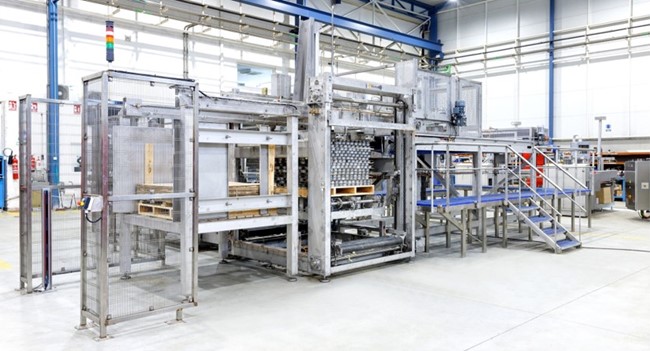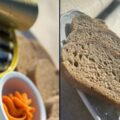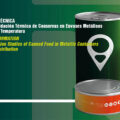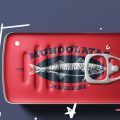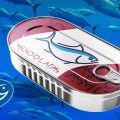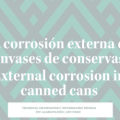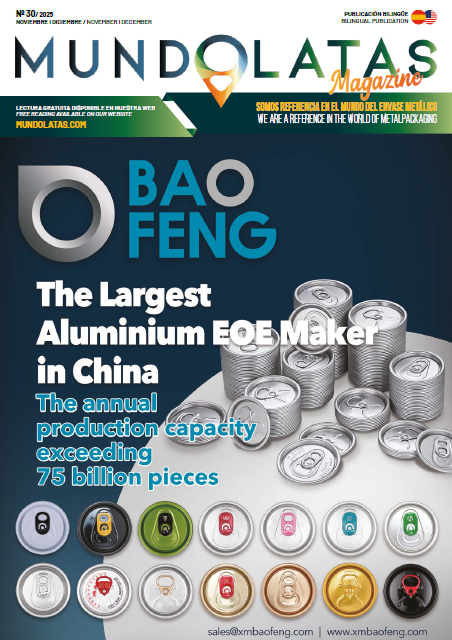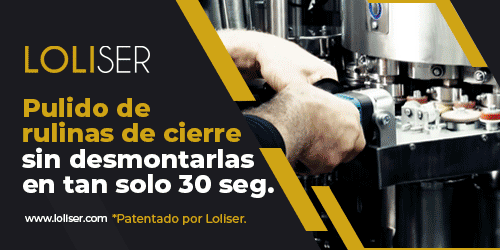Hermasa’s canned food processing lines cross the pond
In the Biobio region, in the central zone of Chile and facing the Pacific Ocean, a set of machines from Hermasa Canning Technology will be part of the restructuring of a canned jack mackerel and mackerel processing line.
In just a few days, a team of technicians will travel to the southern country to install and start up this new processing line for an important company in the American region,” the Spanish company said.
Hermasa Canning Technology carried out a complete redesign of the line in order to increase production capacity and efficiency. It should be noted that cooking, also called precooking, can be defined as the action of heat on the fish when it is exerted at a temperature higher than 60ºC-70ºC.
In addition, this process pursues three objectives: it partially dehydrates the product, since otherwise, during sterilization, a watery exudate would be expelled, which could negatively affect the commercial presentation of the canned product. It also removes a certain amount of fat when the sardine is excessively fatty and finally helps to improve the texture or condition the meat for further processing.
The main characteristic of the CDA cooker process is the cooking of the fish already packed in the cans, which are turned upside down so that the exudates produced during the cooking process are discharged. At the same time, a better cleaning of the product to be cooked is achieved, improving its presence and flavor, also guaranteeing a FIFO (First in-First out) process since the loading and unloading of the product is automatic.
Finally, cooking is by direct steaming with the fish already canned, and drying by means of hot air recirculation. All the steam used in the heat exchanger in the drying zone can be returned to the hip water tank as condensate, as the equipment includes a steam trap. This generates savings in water and steam consumption.

